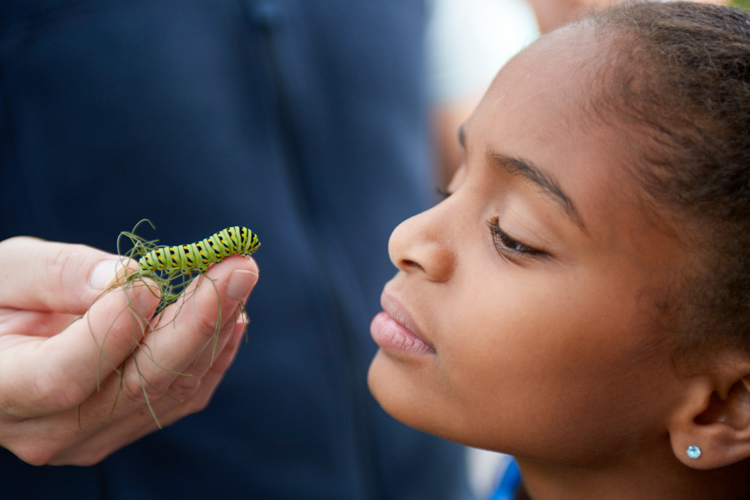In case you hadn’t heard, Mass Audubon is celebrating Earth Month all April long with special programs, free Discovery Days, climate action community challenges, Nature Play Days, and more!
And since Earth Day falls during Massachusetts’s school vacation week, we’ve lots of Earth Day-inspired vacation week camp activities planned. We also have a Virtual Vacation Week Camp so kids ages 5–8 can enjoy a fun and educational spring vacation program without even leaving your neighborhood!
At Mass Audubon, connecting young people with nature is central to our mission, and there’s just nothing quite like seeing the look of wonder on a child’s face when they interact with wildlife for the first time.
So, in that spirit, here are five fun photos of kids experiencing the wonder of wildlife. Just please remember that most wildlife is like you—they prefer that you look, don’t touch! However you celebrate Earth Month, make sure you get out and enjoy some of this beautiful spring weather—that’s a wonder of nature all by itself!













